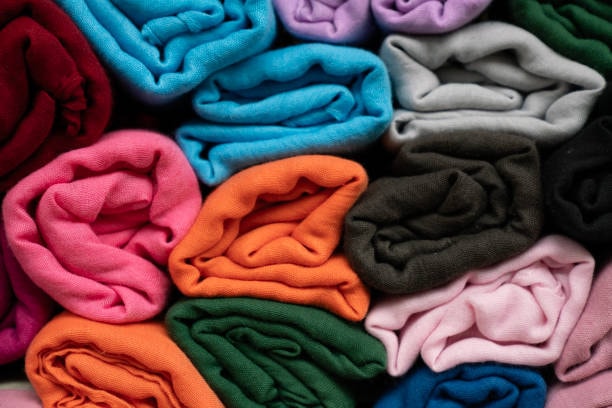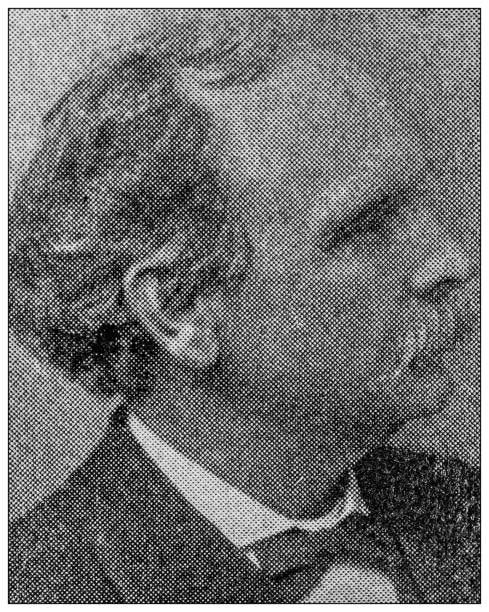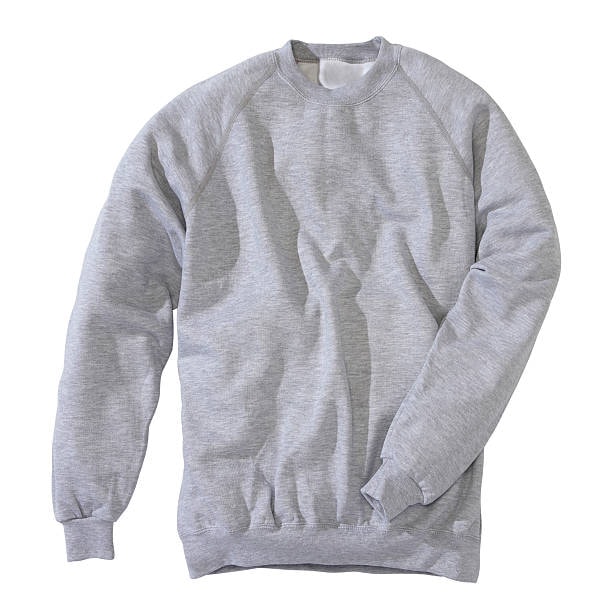If there is any clothing item that epitomizes comfort and casualness in the modern fashion world, then it has to be the sweatshirt. Originating from athletic apparel, the sweatshirt has evolved into a fashion staple that transcends seasons and styles. Let’s delve into the world of sweatshirts to uncover their versatility, comfort, and enduring appeal.
Evolution of the Sweatshirt

The sweatshirt’s journey began in the early 20th century as a practical, utilitarian garment for athletes to wear during training sessions. Its primary purpose was to absorb sweat and provide warmth without hindering movement. Over time, designers recognized its potential beyond the gym, leading to the integration of fashionable elements and diverse styles.
Who invented the sweatshirt?
The sweatshirt was invented by Benjamin Russell Jr., a football player at the University of Alabama, in the 1920s. Russell Jr. found the woolen football uniforms of the time to be uncomfortable and irritating, especially during physical athletic activity. founder benjamin russell thought. He shared his concerns with his father, Benjamin Russell Sr., who owned a textile mill called the Russell Manufacturing Company.
Together with collegiate team, they came up with the idea of creating a more comfortable, cotton-based alternative typically worn to cotton practice jerseys. This led to the invention of the sweatshirt, which was originally intended for athletes but quickly gained popularity due to its comfort and practicality. The Russell Manufacturing Company, later known as Russell Athletic, became one of the leading producers of sweatshirts and athletic apparel.
What is a Sweatshirt?
A sweatshirt is a type of long-sleeved, pullover garment designed for comfort and warmth. It is typically made from soft, thick fabrics such as cotton or fleece, which provide insulation and a cozy feel crew neck sweatshirt. Sweatshirts often feature a round neckline, ribbed cuffs, and a ribbed hem, contributing to their snug fit and casual appearance. Some variations include hoods (commonly referred to as hoodies) and zippered fronts.
Key Features of a Sweatshirt:
- Material: Sweatshirts are usually made from heavyweight cotton, cotton blends, or synthetic fibers. The inside of the fabric is often brushed to create a soft, plush texture that enhances warmth and comfort.
- Design: Traditional sweatshirts have a simple, pullover design with a crewneck (round neck) style. Hoodies, a popular variation, include an attached hood and often a front kangaroo pocket.
- Fit: Sweatshirts are generally designed to be loose-fitting and comfortable, allowing for ease of movement. The ribbed cuffs and hem help to keep the garment in place and retain heat.
- Usage: Originally designed for athletes to wear during training, sweatshirts have become a versatile staple in casual and athleisure fashion. They can be worn on their own or layered over other clothing for added warmth.
- Styles: Sweatshirts come in various styles, including crewneck, hoodie, zip-up, and oversized. They are also available in a wide range of colors, patterns, and graphic prints, making them suitable for different tastes and occasions.
Functions and Benefits:
- Comfort: The soft, breathable fabric and relaxed fit make sweatshirts exceptionally comfortable for everyday wear.
- Warmth: Sweatshirts provide excellent insulation, making them ideal for cooler weather.
- Versatility: They can be dressed up or down, pairing well with jeans, joggers, shorts, or even skirts.
- Casual Style: Sweatshirts offer a laid-back, casual look that suits a variety of settings, from lounging at home to casual outings.
What’s The Difference Between A Sweater and A Sweatshirt?
A sweater is typically knitted or crocheted from wool, cotton, or synthetic fibers, designed for warmth and often worn in colder weather. It can come in various styles, including pullovers, cardigans, and turtlenecks, and is generally considered a more formal or dressy garment classic crew neck sweatshirt.

A sweatshirt is made from soft, thick, cotton-based fabrics or blends, such as fleece, and is designed for comfort and casual wear. It often features a round neckline, ribbed cuffs, and hem, and may include a hood (hoodie). Sweatshirts are associated with athletic wear and laid-back, everyday fashion long sleeved pullover shirt wear sweatshirts.
Types of Sweatshirt
Crewneck Sweatshirt
- Features: Round neckline, ribbed cuffs and hem, simple t shirt design first crew neck sweatshirt.
- Use: Classic, versatile, suitable for casual wear or layering crewneck sweatshirt commonly worn.
Hooded Sweatshirt (Hoodie)
- Features: Attached hood, often with a drawstring, kangaroo pocket in the front russell athletic mills.
- Use: Casual, streetwear, provides extra warmth and a laid-back style.
Zip-Up Sweatshirt
- Features: Full-length zipper in the front, can come with or without a hood.
- Use: Easy to put on and take off, good for layering, offers flexibility in styling.
Pullover Sweatshirt
- Features: No zipper, typically a crewneck or hoodie style.
- Use: Simple, cozy, and easy to wear, ideal for everyday comfort.
Fleece Sweatshirt
- Features: Made from fleece fabric, soft and plush interior.
- Use: Provides extra warmth, great for cold weather.
Cropped Sweatshirt
- Features: Shorter length, typically ending above the waist.
- Use: Trendy and fashionable, pairs well with high-waisted bottoms.
Oversized Sweatshirt
- Features: Loose and baggy fit, often longer sleeves and body.
- Use: Comfortable and relaxed, perfect for lounging or a casual, effortless look.
Graphic Sweatshirt
- Features: Prints, logos, or designs on the front or back.
- Use: Adds a personal touch and style statement, popular in streetwear.
Athletic Sweatshirt
- Features: Moisture-wicking fabric, often includes performance features like thumbholes or reflective elements.
- Use: Designed for sports and physical activities, offers comfort and functionality.
Fashion Sweatshirt
- Features: Stylish details such as embellishments, unique cuts, or designer logos.
- Use: Blends comfort with high fashion, suitable for making a style statement.
Versatility in Design
One of the sweatshirt’s most appealing features is its versatility in design. From classic crewnecks to trendy hoodies, sweatshirts come in various styles to suit different preferences. The crewneck sweatshirt, characterized by its round neckline and ribbed cuffs, exudes a timeless charm suitable for casual outings or lounging at home fashionable outfit.

On the other hand, hooded sweatshirts, commonly known as hoodies, offer a blend of comfort and urban flair. The addition of a hood provides extra warmth and a laid-back vibe, making hoodies a favorite among streetwear enthusiasts.
Fabric Innovations for Comfortable athletic wear
Modern sweatshirts owe their comfort to advancements in fabric technology. Traditional sweatshirts were made from heavyweight cotton fleece, known for its softness and insulation properties itchy wool jerseys. However, innovations like blended fabrics, moisture-wicking materials, and brushed interiors have elevated the comfort level of sweatshirts.

Blended fabrics, such as cotton-polyester blends, offer durability, breathability, and easy maintenance, making them ideal for everyday wear founder benjamin russell. Moisture-wicking fabrics efficiently manage perspiration, keeping the body warm the wearer dry and comfortable during physical activities. Brushed interiors add a plush feel to sweatshirts, enhancing their coziness for chilly days.
Styling Versatility
The sweatshirt’s versatility extends to styling options, making it a wardrobe staple for various occasions. For a casual look, pair a classic crewneck sweatshirt with jeans or joggers for a relaxed yet stylish ensemble. Hoodies, with their urban appeal, complement streetwear-inspired outfits when paired with cargo pants or shorts.

For a touch of sophistication, layer a sweatshirt over a collared shirt or under a blazer for a smart-casual appearance. Experimenting with colors, prints, and textures allows for endless styling possibilities, catering to individual tastes personal style and fashion statements.
Comfort Beyond Seasons

One of the sweatshirt’s enduring qualities is its comfort throughout the year. Lightweight sweatshirts in breathable fabrics are suitable for spring and summer evenings, providing a layer of warmth without overheating. As temperatures drop, opting for fleece-lined or thermal sweatshirts ensures extra cozy and comfort during colder months.
Sustainability and Ethical Considerations

In recent years, sustainability and ethical practices have become essential considerations in fashion. Today there are many brands that sell sweatshirts which are environmentally friendly; organic cotton, recycled products, and socially responsible material. Choosing ethically produced sweatshirts promotes environmental stewardship and supports fair labor practices within the industry.
Conclusion
Sweatshirts have evolved from their athletic origins to become a versatile and essential piece in modern wardrobes. Their variety in design, fabric innovations, and adaptability to different styles and occasions make them a go-to choice for comfort and fashion. Whether it’s a classic crewneck, a trendy hoodie, or a cozy fleece, there’s a sweatshirt to suit every preference and need.


